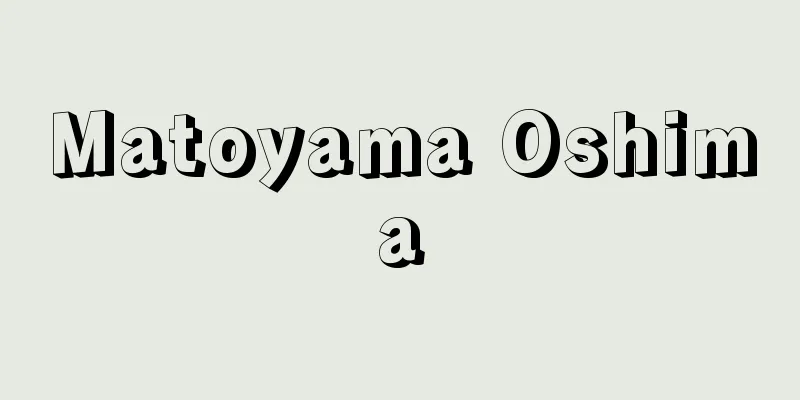Toba-dono

|
Located in the south of Heian-kyo, in the area of Toba connected by Toba-no-tsukuri-michi, this villa was built by Emperor Shirakawa in the late 11th century as a retreat after his abdication. The palace buildings included the South Palace, the North Palace, the Baba Palace, the Izumi Palace, the East Palace, and the Imperial Palace. The Tanaka Palace was later built by the retired Emperor Toba, and together they were known as the Jonan Imperial Villa and the Toba Imperial Villa, and were used until around the 14th century. The palace buildings were supplemented by halls and towers, including Shokongoin, Shokomyoin, the three-story pagoda, Jobodaiin, Anrakujuin, and Kongoshinin, with Anrakujuin being built as the funeral home of the retired Emperor Toba. Jonan-gu Shrine was also enshrined as the guardian shrine of the villa and various temples. The Toba area was a water town and was a suitable place for the emperor and aristocrats to hunt and play since the beginning of the Heian period. From the end of the 9th century to the beginning of the 10th century, Fujiwara Tokihira ran a villa called Jonansuikaku, and in the 11th century, Fujiwara Suetsuna ran a mountain villa there. Suetsuna presented the land to Emperor Shirakawa, who built the large-scale Toba Palace. The site was a vast area covering approximately 180 hectares in total, which is now the area of Kamitoba in Minami-ku, Kyoto City, and Takeda, Nakajima, and Shimotoba in Fushimi-ku. Excavations of the Toba Palace site have been carried out since 1960, and the remains of buildings such as most of the South Palace, half of the Tanaka Palace, part of the East Palace, and part of the North Palace have been confirmed, as well as the remains of a boat landing and the East Palace garden. The central area was developed as the Toba Imperial Villa Ruins Park, and in the surrounding area are Anrakujuin Temple, Jonangu Shrine, and the tombs of Emperor Shirakawa, Emperor Toba, and Emperor Konoe. The autumn mountain (artificial hill) that remains in the park is called Tobayama and was a utamakura (poem of poetry). Source : Heibonsha Encyclopedia About MyPedia Information |
|
平安京の南,鳥羽作道(とばのつくりみち)で結ばれる鳥羽の地に,11世紀末白河天皇が退位後の後院として造営した離宮。殿舎として南殿,北殿,馬場殿,泉殿,東殿,御所などがあり,のち鳥羽上皇により〈田中殿御所〉が建立され,あわせて〈城南離宮〉〈鳥羽離宮〉といわれて,14世紀ころまで使われた。殿舎には付属する御堂,塔などが建立された。証金剛院(しょうこんごういん),勝光明院(しょうこうみょういん),三重塔,成菩提院(じょうぼだいいん),安楽寿院(あんらくじゅいん),金剛心院(こんごうしんいん)などで,安楽寿院は鳥羽上皇の菩提所として建立されたものである。また離宮,諸御堂の鎮守社として城南宮(じょうなんぐう)が祀られていた。鳥羽一帯は水郷として平安時代初めから天皇,貴族の狩猟や遊楽の適地であり,9世紀末から10世紀初頭,藤原時平(ときひら)は別業(なりどころ)〈城南水閣〉を営み,11世紀には藤原季綱(すえつな)が山荘を営んでいる。季綱はその地を白河天皇に献上,白河天皇によって大規模な鳥羽殿の造営がなされたのである。跡地は現在の京都市南区上鳥羽,伏見区竹田・中島・下鳥羽一帯にあたり,全域およそ180町歩に及ぶ広大なものであった。鳥羽殿跡の発掘調査は1960年から行われ,南殿の大半,田中殿の半分,東殿の一部,北殿の一部などの建物遺構が確認され,舟着場跡,東殿の庭園跡などもみつかっている。中心部は鳥羽離宮跡公園として整備され,周辺に安楽寿院,城南宮のほか白河天皇,鳥羽天皇,近衛天皇の陵墓がある。公園内に残る秋の山(築山)は鳥羽山とよばれ,歌枕であった。
出典 株式会社平凡社百科事典マイペディアについて 情報 |
<<: Toba Sakudo - Toba no Tsukurimichi
>>: Domestic dove (domestic dove)
Recommend
Distilled liquor - Jouryuushu
A term for brewed alcohol and mixed alcohol, clas...
Hanai (English spelling) Flowering Rush
A perennial plant of the Celastraceae family that ...
Water Frame
In the same year, he built a horse-powered mill i...
Davis, AJ
…On the other hand, the old mysticism, which was ...
Green Tuff - Gurintafu (English spelling) green tuff
Although it can refer to green tuff as a rock nam...
Juliformia
…General term for arthropods belonging to the ord...
Santa Croce Church - Santa Croce Church (English name)
A Franciscan monastery church in Florence, Italy. ...
decorative art
...One reason is that from the mid-19th century, ...
Shiba (Japanese lawn grass)
A perennial grass of the family Poaceae (APG clas...
Kussmaul, A. (English spelling) KussmaulA
...It was Desormeaux who coined the term endoscop...
Partogram
The blood loss during the third stage of labor an...
extraversion
...A term used by Jung along with "extravers...
Tenmon
One of the volumes in the ancient Chinese literary...
One-sen sleigh - Issen sleigh
...According to the "Ichisensho History"...
Roermond (English spelling)
A city in the province of Limburg in the southern ...









